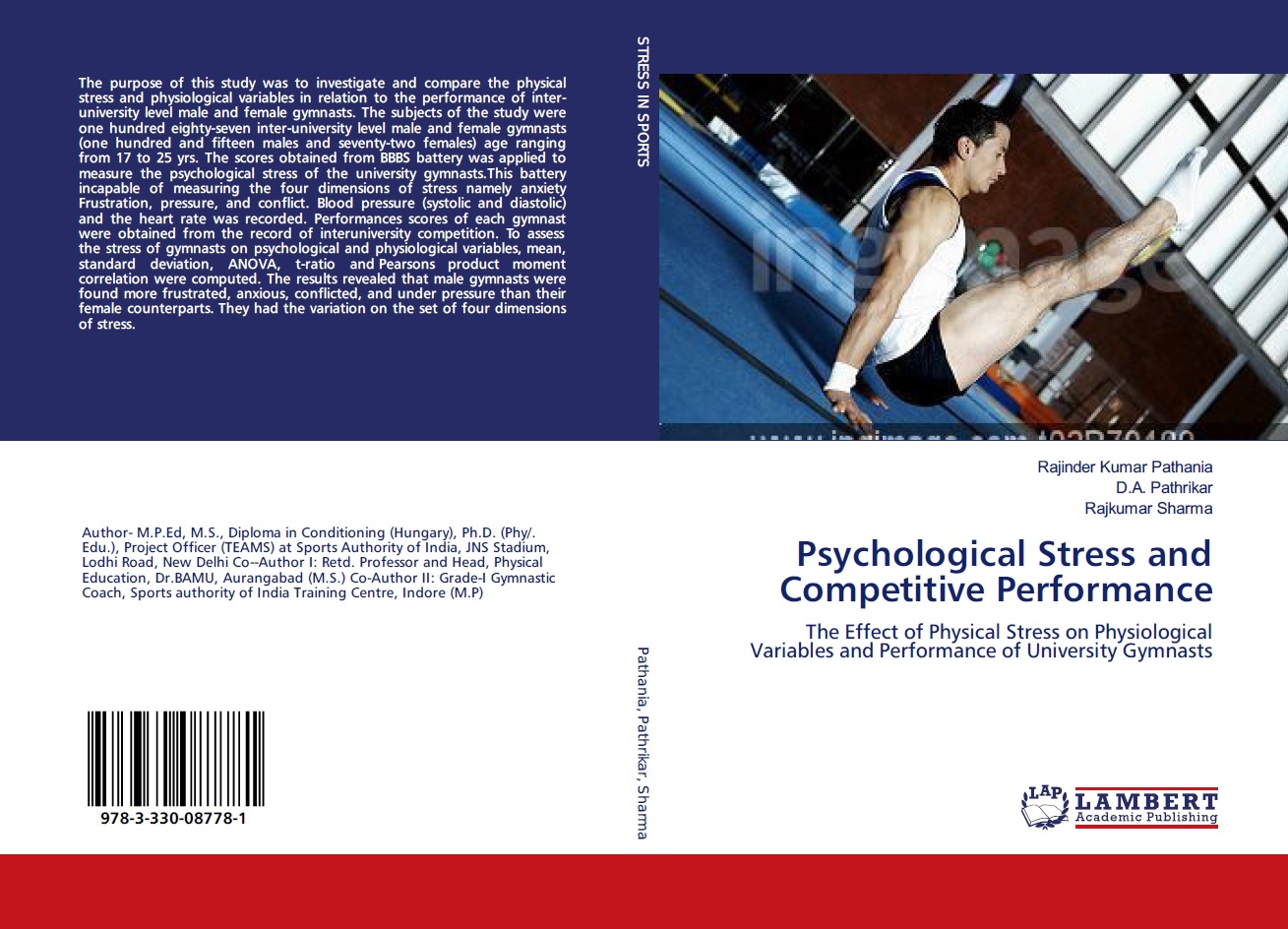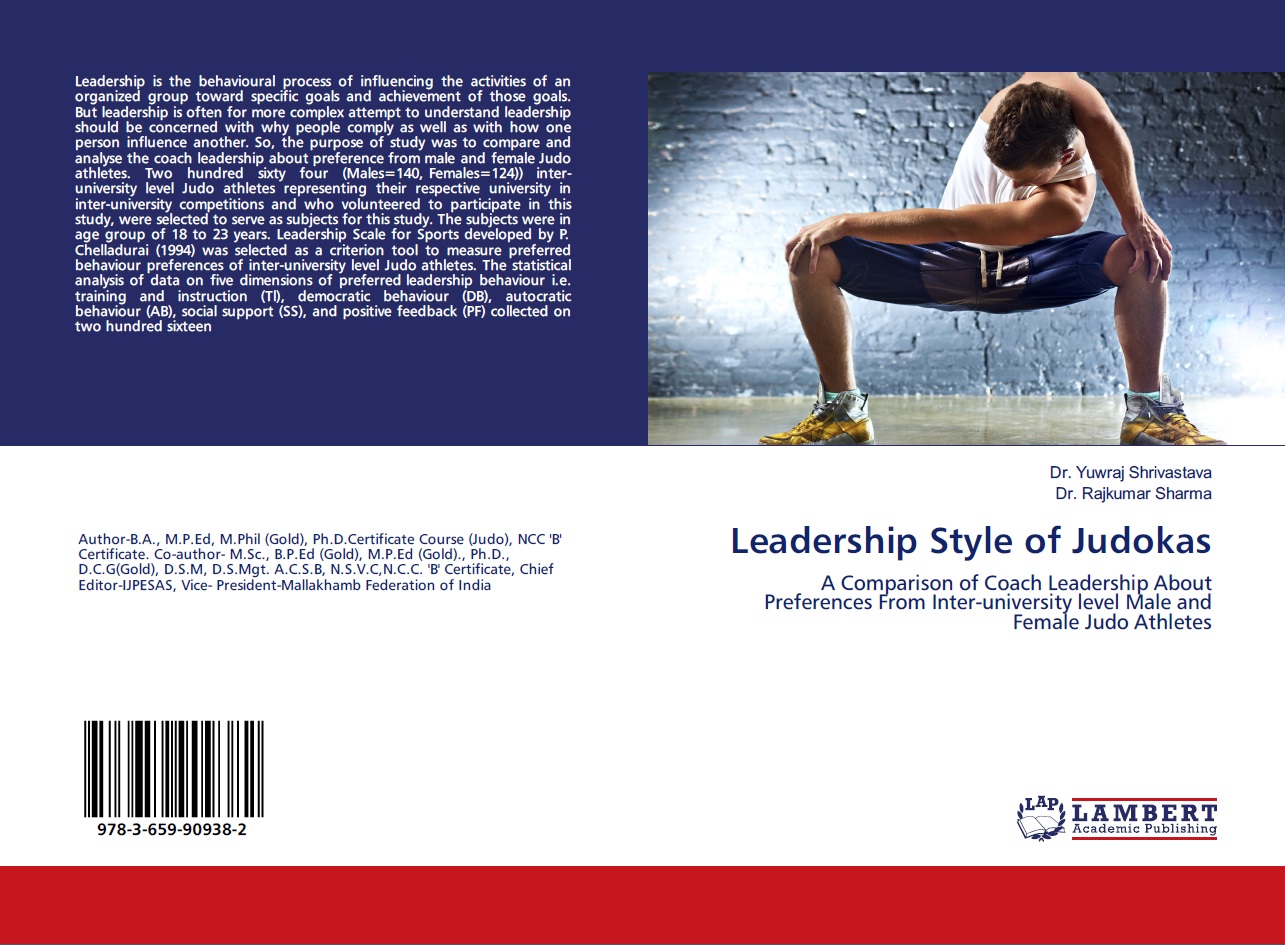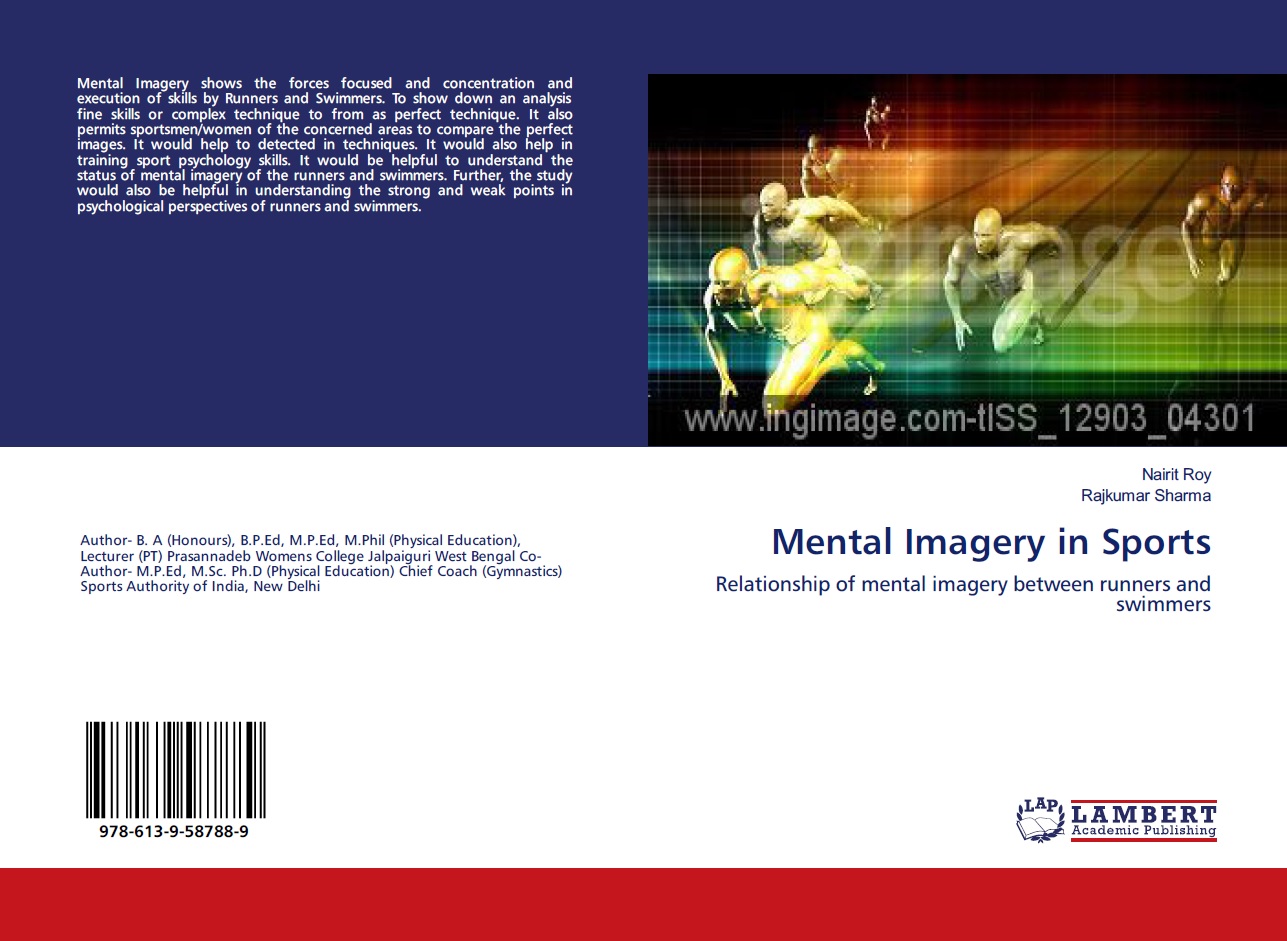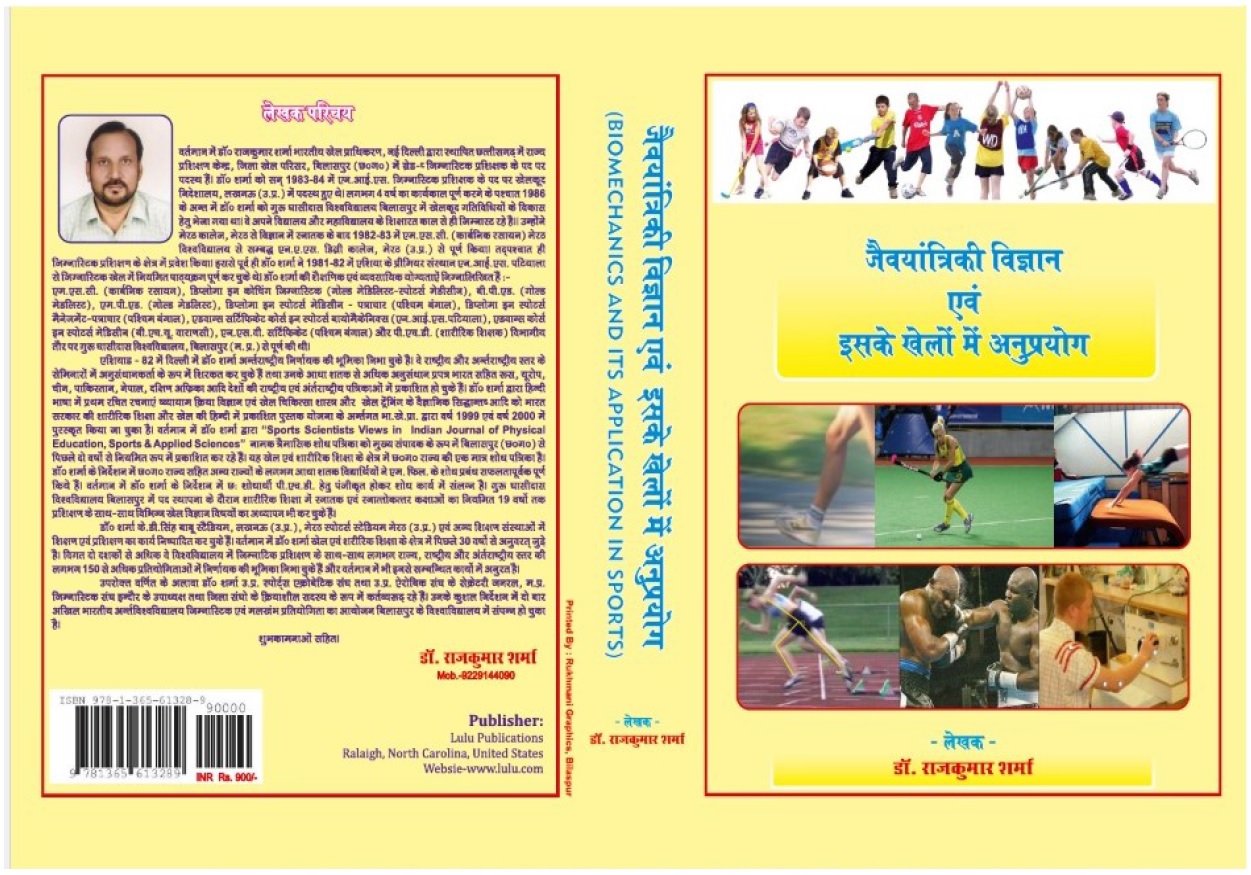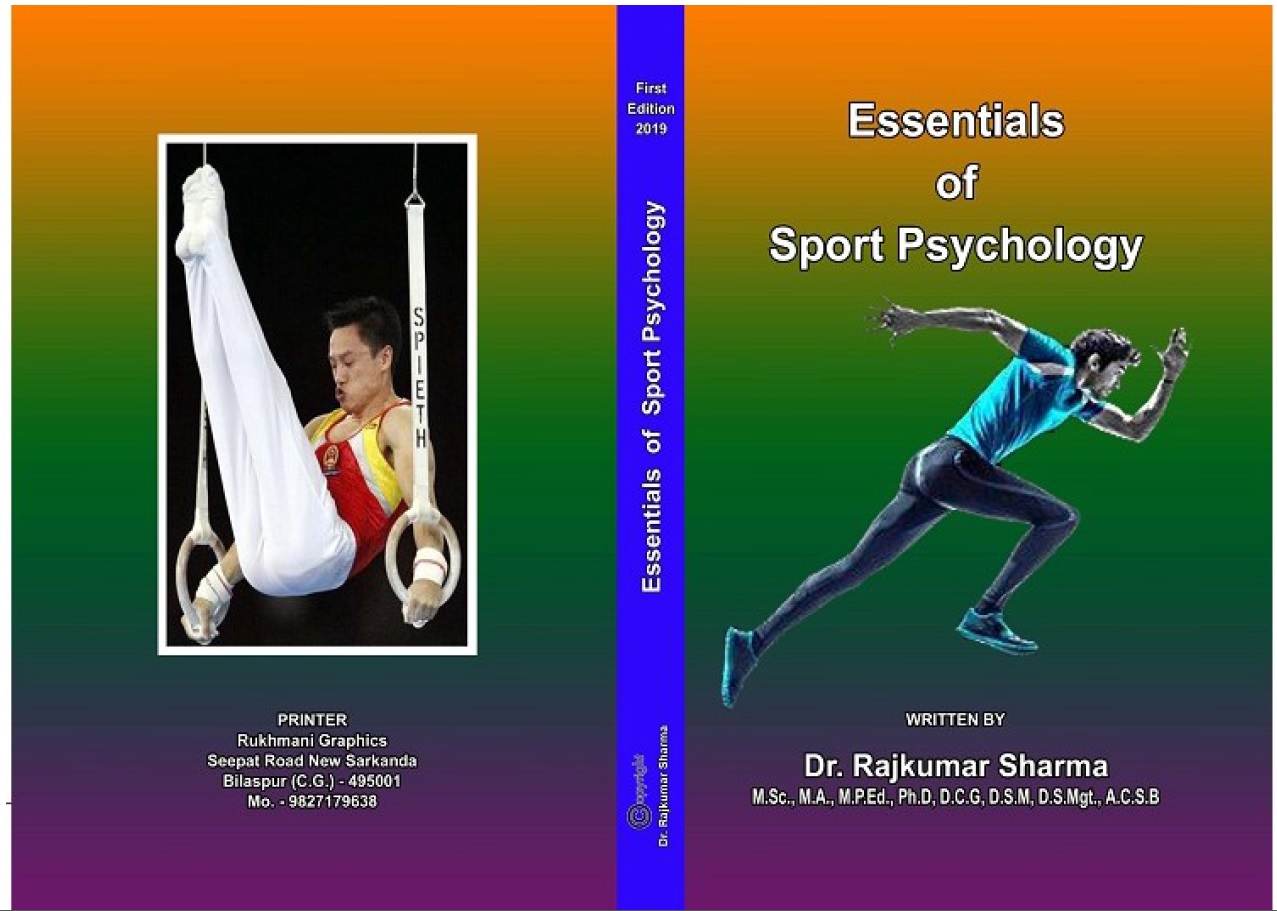| S.No. | Total View Count | Title of Manuscript | Page No | Download/ PDF |
|---|---|---|---|---|
| 1 | THE EFFECT OF EIGHT WEEKS OF HIGH-INTENSITY FUNCTIONAL TRAINING ON RESPIRATORY PERFORMANCE INDICATORS OF YOUNG FEMALE TAEKWONDO FIGHTERS Author: Reza Sadoughi Dinabad & Farshad Ghazalian | 01-14 |  34 34 |
Article info
doi no.: 05-2016-44975451; DOI Link :: https://doi-ds.org/doilink/09.2023-59219396/IJPESAS/VOL 13/NO. 1/JAN./2023/A1
AFFILIATIONS:
1 Department of physical education and sport sciences, science and research branch, Islamic azad university, Tehran, Iran Email:rezasadoughi90@gmail.com
2 Department of physical education and sport sciences, science and research Branch, Islamic Azad University, Tehran, Iran TEL: 09123011915., E-mail: phdghazalian@gmail.com
Background and purpose:
Cardiopulmonary function indicates the ability to transfer oxygen to active muscles for taekwondo athletes who perform high-intensity movements in a short period of time and is an important factor that directly affects sports performance. The aim of the present study was to investigate the effect of eight weeks of high-intensity functional training on the respiratory performance indicators of young female taekwondo fighters.
Methodology:
In this semi-experimental study, 16 female Taekwondo fighters between the ages of 17 and 27 were randomly selected and randomly assigned to two groups of high-intensity functional training (HIFT) and control. The HIFT training group participated in the training program for eight weeks and four sessions per week. Before and after the eight-week training period, anthropometric measurement, body composition and breath gas test (gas analyzer) of young female taekwondo fighters were performed. The data were analyzed by analysis of covariance test at a significance level of P<0.05.
Findings:
The results showed that time and the interaction of time and group had a significant effect on VO2max values in young female taekwondo fighters (P=0.001). Time had no significant effect on FVC and VE/VCO2 values (0.05). P>, but the interaction of time and group on FVC values in taekwondo girls.The young fighter had a significant effect (P = 0.001) and the interaction of time and group had no significant effect on the values of FEV1, PEF, FEF25-75 and VE/VO2 in Taekwondo girls of the young fighter (P > 0.05). Time had a significant effect on FEV1/FVC ratio (P=0.001), but the interaction of time and group did not have a significant effect on FEV1/FVC ratio in young female taekwondo fighters (P>0.05).
Conclusion:
According to the results of the research, probably HIFT exercises can be effective in improving the performance indicators of the respiratory system of young female taekwondo fighters. Therefore, performing HIFT exercises can be recommended as a safe and useful method to improve the lung function of women taekwondo athletes.
Keywords: High-intensity functional exercises, Respiratory system, Maximal oxygen consumption, Taekwondo.
References
- Rietjens GJ, Keizer HA, Kuipers H, Saris WH. A reduction in training volume and intensity for 21 days does not impair performance in cyclists. Br J Sports Med 2001; 35(6):431-4.
- Ad¥guzel, N. S., Karacam, A., & K©¥rkalt©¥, T. (2018). Core strength comparison of u16 football players according to the player.s position. Gazi Journal of Physical Education and Sport Sciences; 23(3), 163-170.
- ADAMI, Paolo Emilio et al. Physiological comparison between competitive and beginner high intensity functional training athletes. Journal of Human Sport and Exercise, [S.l.], p. in press, nov. 2020. ISSN 1988-5202.
- American College of Sports Medicine. ACSM’s guidelines for exercise testing and prescription. 8th ed. Philadelphia (PA): Lippincott Williams & Wilkins; 2010
- Atan, T., Akyol, P., &Çebi, M. (2013). Comparison of respiratory functions of athletes engaged in different individual sports branches. Dicle Medical Journal, 40(2), 192–198.
- Aydin, G., &Koca, I. ( 2013). Swimming training and pulmonary variables in women. Journal of Human Sport & Exercise, 9(1) S475- 480.
- Bakhtar, F, Ahmad, Aminisani, N, Gilani, N. (2019). Psychological, social, and environmental predictors of physical activity among older adults: The socio-ecological approach using structural equation modeling analysis. Baltic Journal of Health and Physical Activity, 11(2), 117-126.
- Bayati M., Farzad B., Gharakhanlou R., Agha-Alinejad H. A practical model of low-volume high-intensity interval training induces performance and metabolic adaptations that resemble ‘all-out’ sprint interval training. J. Sports Sci. Med. 2011; 10:571–576.
- Beis, K.; Pieter, W.; Abatzides, G. Taekwondo techniques and competition characteristics involved time-loss injuries. J. Sport Sci. Med. 2007, 6, 45–51.
- Boyle, Kyle &Napoleone, Gabby &Ramsook, Andrew & Mitchell, Reid &Guenette, Jordan. (2021). Effects of the Elevation Training Mask® 2.0 on dyspnea and respiratory muscle mechanics, electromyography, and fatigue during exhaustive cycling in healthy humans. Journal of Science and Medicine in Sport. 25. 10.1016/j.jsams.2021.08.022.
- Bycura D., Feito Y., Prather C.C. Motivational factors in CrossFit® training participation. Health Behav. Policy Rev. 2017; 4:539–550
- Cheshier, BC; Estrada, CA; Moghaddam, M; Stewart, CJ; and Jacobson, Facsm, BH (2019) "Effect of elevation training mask in conjunction with high intensity interval training on lung function," International Journal of Exercise Science: Conference Proceedings: Vol. 11 : Iss. 7 , Article 58.
- Collins MA, Cureton KJ, Hill DW, Ray CA. Relationship of heart rate to oxygen uptake during weight lifting exercise. Med Sci Sports Exerc 1991; 23(5): 636–40.
- Deanna L. Huggett, Denise M. Connelly, Tom J. Overend, Maximal Aerobic Capacity Testing of Older Adults: A Critical Review, The Journals of Gerontology: Series A, Volume 60, Issue 1, January 2005, Pages 57–66,
- Despres JP, Prud’homme D, Pouliot MC, Tremblay A, and Bouchard C. (1991). Estimation of deep adipose-tissue accumulation from simple anthropometric measurements in men. Am. J. Clin. Nutr. 54:471-477.
- Driller M.W., Fell J.W., Gregory J.R., Shing C.M., Williams A.D. The effects of high-intensity interval training in well-trained rowers. Int. J. Sports Physiol. Perform. 2009; 4:110–121.
- Dunham C, Harms CA Effects of High-Intensity Interval Training on Pulmonary Function Eur J Appl Physiol. 2012; 112(8):3061-8.
- Durmic, T., LazovicPopovic, B., ZlatkovicSvenda, M., Djelic, M., Zugic, V., Gavrilovic, T., Mihailovic, Z., Zdravkovic, M., &Leischik, R. (2017). The training type influence on male elite athletes’ ventilatory function. BMJ Open Sport & Exercise Medicine, 3(1).
- Durocher JJ, Guisfredi AJ, Leetun DT, Carter JR. Comparison of on-ice and off-ice graded exercise testing in collegiate hockey players. ApplPhysiolNutrMetab. 2010 Feb;35(1):35-9.
- El-Helaly N. Ventilatory functions response to breathing training versus aerobic training in asthmatic children. Egypt J Pediatr Allergy Immunol 2012; 10(1):33-7.
- Faghy, M.A., Brown, P.I., Davis, N.M. et al. A flow resistive inspiratory muscle training mask worn during high-intensity interval training does not improve 5 km running time-trial performance. Eur J ApplPhysiol121, 183–191 (2021).
- Fatima SS, Rehman R, Saifullah, Khan Y. Physical activity and its effect on forced expiratory volume. J Pak Med Assoc. 2013; 63(3): 310-12.
- Fazioa S, Pousob J, Dolinskyc D, Fernandezd A, Hernandeze M. Clavierf of Hedera helix1 extract in inflammatory bronchial diseases under clinical practice conditions: A prospective, open, multicentrepostmarketing study in 9657patients. Phytomedicine; 2009. 16(1):17-24.
- Feito Y, Heinrich KM, Butcher SJ, Poston WSC. High-Intensity Functional Training (HIFT): Definition and Research Implications for Improved Fitness. Sports (Basel). 2018;6(3):76. Published 2018 Aug 7. doi:10.3390/sports6030076
- Fisher J., Sales A., Carlson L., Steele J. A comparison of the motivational factors between CrossFit participants and other resistance exercise modalities: A pilot study. J. Sports Med. Phys. Fit. 2017:1227–1234.
- Flik, K.; Lyman, S.; Marx, R. American Collegiate Men’s Ice Hockey: An Analysis of Injuries. Am. J. Sports Med. 2005, 33, 183–187
- Friedmann B, Frese F, Menold E, Bärtsch P. Effects of acute moderate hypoxia on anaerobic capacity in endurance-trained runners. European journal of applied physiology. 2007; 101(1):67-73.
- Ghram, A.; Amirshaghaghi, F.; Bragazzi, N.L.; Akbari, H.A.; Chtourou, H.; Lavie, C.J.; Jiménez-Pavón, D. Effect of Wearing the Elevation Training Mask on Physiological Performance in Elite Kayaking Girls. Preprints 2021, 2021080090
- Gibala M.J., Little J.P., Macdonald M.J., Hawley J.A. Physiological adaptations to low-volume, high-intensity interval training in health and disease. J. Physiol. 2012; 590:1077–1084.
- Gibala MJ, Little JP, Essen M, Wilkin GP, Burgomaster KA, Safdar A, et al. Short-term sprint interval versus traditional endurance training: Similar initial adaptations in human skeletal muscle and exercise performance. J Physiol (Lond) 2006; 575(Pt 3): 901–11.
- Gibala MJ, Little JP, MacDonald MJ, Hawley JA. Physiological adaptations to low-volume, high-intensity interval training in health and disease. J. Physiol (Lond) 2012; 590(5): 1077–84.
- Ginde AA, Mansbach JM, Camargo CAJr. Vitamin D RespiratoryInfection and Asthma. Curr Allergy Asthma Rep; 2009. 9(1):81-87.
- Guezennec, C. Y., P. Satabin, H. Legrand, and A. X. Bigard. Physical performance and metabolic changes induced by combined prolonged exercise and different energy intakes in humans. Eur. J. Appl. Physiol. 68:525–530, 1994.
- Hashemi, S. M., Ghorbani, R., &Kaveie, B. (2010). The determination of sample size in paired studying. Scientific Journal of Semnan Medicine Science University, 1(8), 55-62. [Persian]
- Heimdal, Tyler Ray (2020). The Acute and Chronic Effects of an Elevation Training Mask on Aerobic Capacity, Anaerobic Endurance, and Pulmonary Function. Master's thesis, Texas A&M University.
- Heinrich K.M., Becker C., Carlisle T., Gilmore K., Hauser J., Frye J., Harms C.A. High-intensity functional training improves functional movement and body composition among cancer survivors: A pilot study. Eur. J. Cancer Care. 2015; 24:812–817
- Heinrich K.M., Carlisle T., Kehler A., Cosgrove S.J. Mapping coaches’ views of participation in CrossFit to the integrated theory of health behavior change and sense of community. Fam. Community Health. 2017; 40:24–27.
- Heinrich K.M., Patel P.M., O’Neal J.L., Heinrich B.S. High-intensity compared to moderate-intensity training for exercise initiation, enjoyment, adherence, and intentions: An intervention study. BMC Public Health. 2014; 14:789–795
- Heinrich K.M., Spencer V., Fehl N., Poston W.S. Mission essential fitness: Comparison of functional circuit training to traditional army physical training for active-duty military. Mil. Med. 2012; 177:1125–1130.
- Helgerud J, Høydal K, Wang E, Karlsen T, Berg P, Bjerkaas M, et al. Aerobic high-intensity intervals improve VO2max more than moderate training. Med Sci Sports Exerc 2007; 39(4): 665–71.
- Lee Kyung, K.T.; Choi, Y.S.; Lee, Y.K.; Lee, J.P.; Young, K.W.; Park, S.Y. Extensor hallucislongus tendon Injury in Taekwondo Athletes. Phys. Ther. Sport 2009, 10, 101–104.
- Lee, J.Y., Jung, J.H., Chung, E.J. The effect of feedback breathing exercise and treadmill exercise on chest length and pulmonary function of the middle-aged. J Spec EducRehabil Sci. 52:319-33 (2013).
- Lippi G, Schena F, Salvagno GL, Montagnana M, Ballestrieri F, Guidi GC. Comparison of the lipid profile and lipoprotein (a) between sedentary and highly trained subjects. ClinChem Lab Med 2006; 44(3):322-6.
- Mazic, S., Lazovic, B., Djelic, M., Suzic-Lazic, J., Djordjevic-Saranovic, S., Durmic, T., Soldatovic, I., Zikic, D., Gluvic, Z., &Zugic, V. (2015). Respiratory parameters in elite athletes – does sport have an influence? Revista Portuguesa De Pneumologia (English Edition)
 admin@sportscientistsviews.com
admin@sportscientistsviews.com

